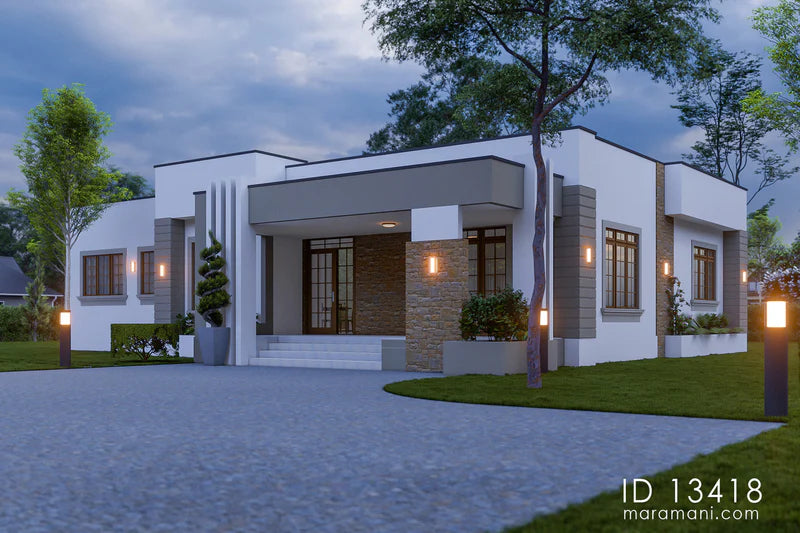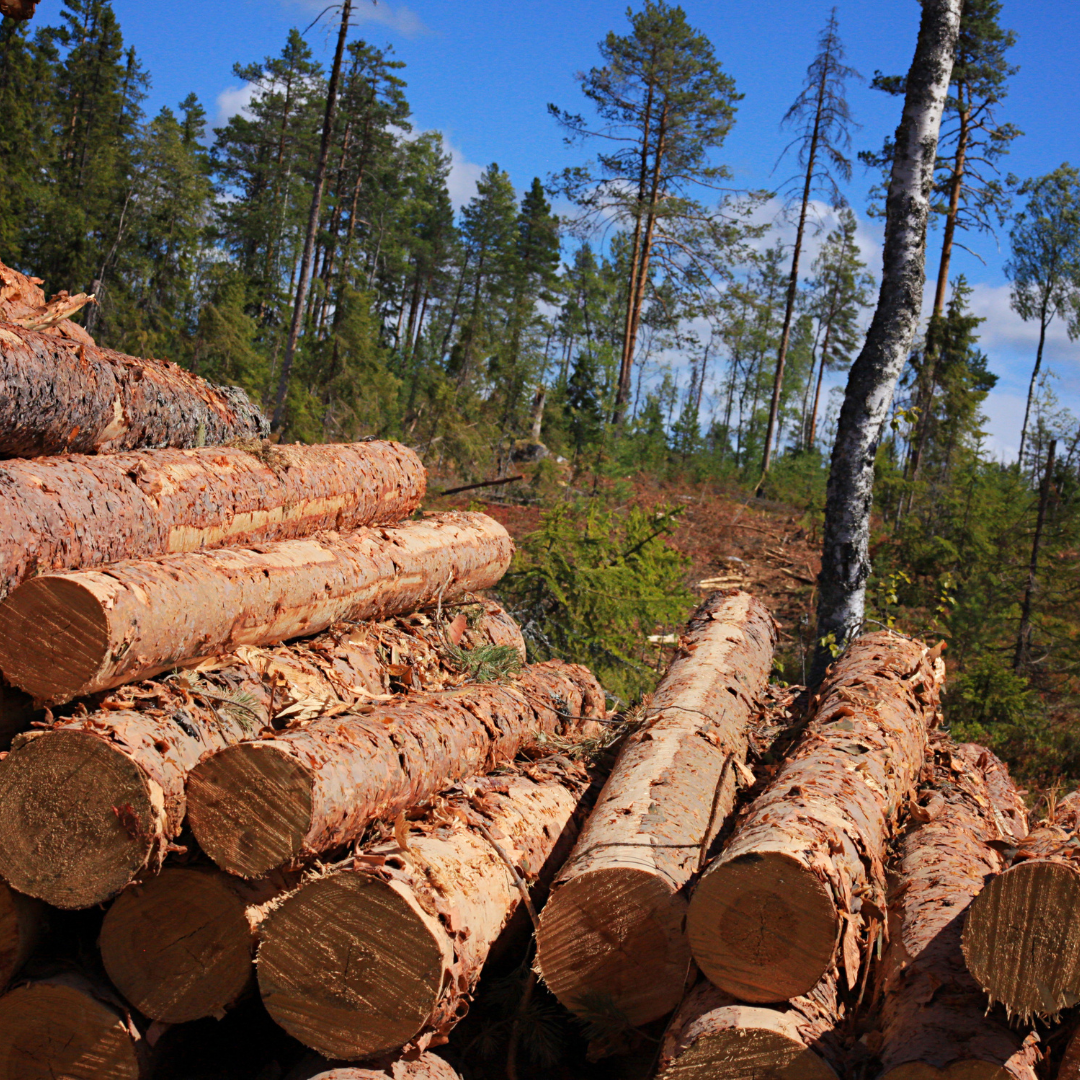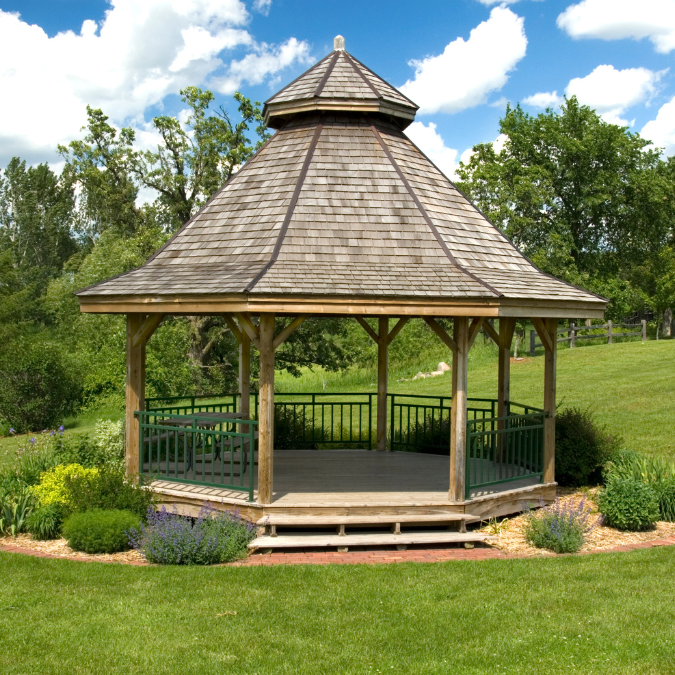Timber is a construction material that has been used for millennia, and current trends indicate that it is unlikely to become unpopular for the foreseeable future.
Timber is a renewable construction material in addition to being available worldwide and being responsible for a lower carbon footprint compared to other construction materials that require lots of fossil fuel energy to be produced.
Here is all you need to know about timber in construction
What is timber?
Timber generally refers to a form of wood that has been processed into planks and beams in preparation for use in construction. In the United States, timber is commonly referred to as lumber.
Where is timber used in construction?

Timber is generally used for heavy construction work, light construction work, and temporary construction elements.
Heavy construction work
Trusses
A truss has multiple triangular units that result in a single rigid structure that acts as a support object on roofs.
Pillars
These are foundations driven into the ground to transfer structural loads in weak soil types. Pillars are typically long, column structures and the nature of timber aligns with this attribute.
Mass timber construction
Mass timber refers to the use of cutting edge technology to join wood products together in layers to result in large structural panels,beams and posts.
The resulting products are versatile, have high strength ratings and can be used to support heavy structures.
Mass timber has a similar seismic and fire performance to steel and concrete. Examples of mass timber products include:
- Cross-laminated timber
- Glue laminated timber
- Nail-laminated timber
Light construction work
Joists
Joists span horizontally between walls, foundations of a building, and structural beams to support a ceiling or a floor.
Beams
Beams run across the length of the roof and are supported by individual joists. They are the thickest and most influential structural aspect of a roof or a level within a storied building.
Rafters
Rafters typically run from a horizontal junction between roof slopes to a wall and are inserted side by side to support a roof.
Studs
These are vertical frames that make up a wall’s fame and hold elements like doors, windows, and insulation in place.
Temporary construction elements
Scaffolding

Scaffolding is constructed to support and elevate materials and builders during the construction process. It is formed from planks upon which workers can stand and is made up of vertical and horizontal ledgers which tie the frame together.
Falsework
The term falsework refers to a temporary framing structure that supports a construction project as it takes permanency throughout construction. Falsework typically prevents a building from collapsing during the process.
Formwork
Formwork is the mold into which concrete is poured. This technique is used to create architectural elements such as an arch or a vault, where stones can be kept in place until the concrete cures to gain sufficient rigidity.
Shoring
Shoring refers to using props to support a structure that is at risk of collapsing. Thus, props can be vertical, horizontal, or angled.
Other uses of timber in construction
Timber creates important structural and aesthetic elements such as floorboards, doors, window frames, and gates.
Benefits of timber in construction

Timber is a renewable construction material that is eco-friendly and available worldwide. It is also cost-effective and requires significantly less assembly and processing time compared to other traditional construction materials.
Prefabricated timber materials are available in many markets and thus can speed up construction processes when constructed items are transported to the building site and quickly assembled.
Conclusion
Timber is a handy construction material that is simple to cut and shape, safe to handle, and bears excellent thermal properties. Timber is also extremely strong and durable with the exception of prolonged exposure to moisture and pests.
Timber can be used in construction in many ways such as roofing, scaffolding, formwork, and shoring among other elements used when erecting a structure.
The price of wood has been going up in light of recent supply chain issues. Therefore, when planning a construction project, start by contacting a timber supplier to identify availability and price range before proceeding to other parts of the building such as cement and metals.







Leave a comment
This site is protected by hCaptcha and the hCaptcha Privacy Policy and Terms of Service apply.